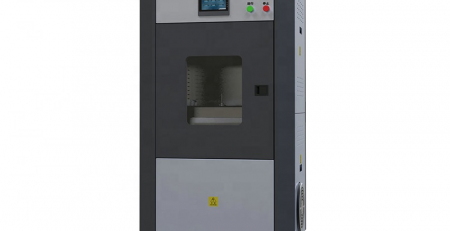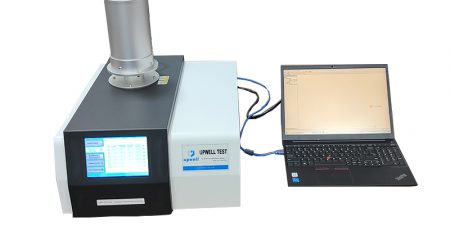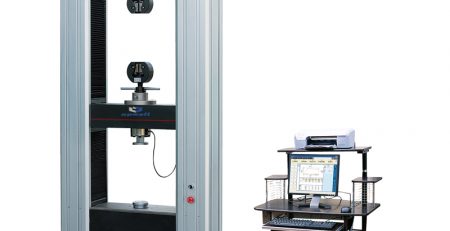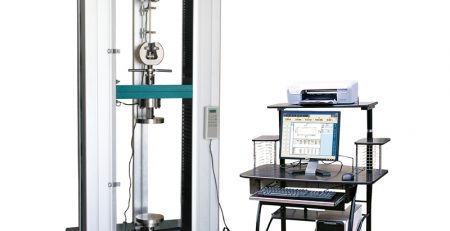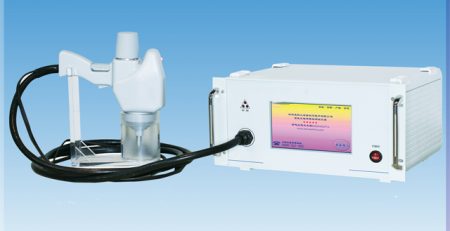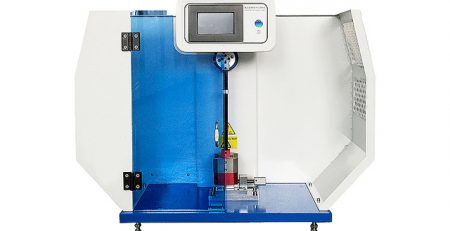The phenomenon of static electricity and electrostatic discharge (ESD) is a common phenomenon in daily life and is not unfamiliar to people. Static electricity is mostly harmful to daily life and industrial production, but it has been used in production, such as electrostatic copying, electrostatic spray painting and electrostatic dust removal.
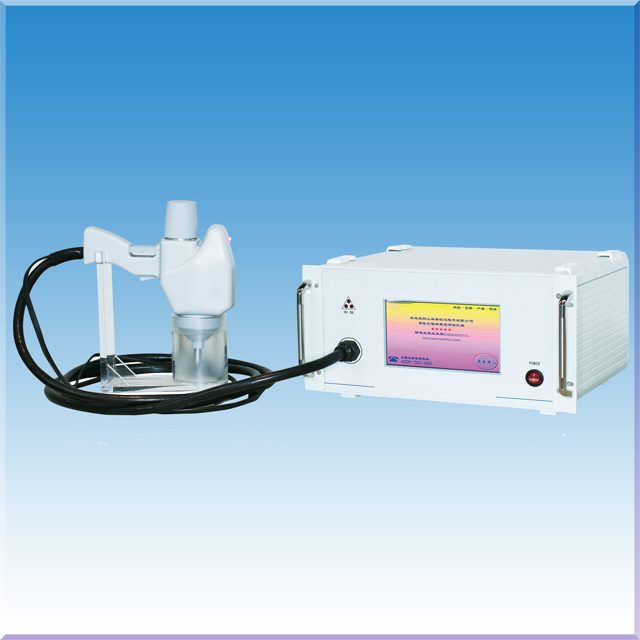
EN/IEC61000-4-2,ISO10605 EMC ESD Simulator
The harm of static electricity to electronic equipment and systems has attracted more and more attention. The rapid development of field effect devices and MOS integrated circuits has greatly improved their integration. The importance of anti-static in the use of integrated circuits has also attracted people’s attention. highly valued.
The generation of static electricity
The mechanism of static electricity generation. There are many explanations for the mechanism of static electricity, mainly including electric double layer and contact potential difference, electrostatic induction and so on.
(1) Electric double layer and contact potential difference. When two different substances rub against each other, charging occurs, that is, static electricity is generated. But friction is not the only way to generate static electricity. Two substances are separated after close contact, the substance is pressed or heated, the substance undergoes electrolysis, and when the substance is induced by other charged objects, etc., static electricity may be generated.
(2) Electrostatic induction. When a conductor is in an electrostatic field, an uncharged conductor can induce different charges on different parts of its surface, or can redistribute the original charges, which is called electrostatic induction. The strength of electrostatic induction is related to the strength and change speed of the electric field, the size and position of the induced conductor and other factors.
Static electricity generation method
(1) Friction electrification. The process of two substances contacting, separating or rubbing to generate a static charge is called triboelectrification. Friction creates more charge on surfaces that are in good contact, increasing charge transfer. Separation simply shortens the time for charge to flow.
(2) Inductive electrification. Under the action of the electrostatic field, the conductor in the electrostatic field induces different charges on different parts of the surface, or the phenomenon that the original charge of the conductor is redistributed is called induction electrification.
Electrostatic shielding
When a hollow conductor of any shape is placed in an electrostatic field, the electric field intensity in the hollow conductor is zero after reaching electrostatic equilibrium, which is called electrostatic shielding.
The hazards of static electricity
Static interference may occur in the production and use of the power supply unit or system, and static electricity will cause damage to the power supply unit itself and harm to equipment users. Static electricity mainly has four hazards, that is, it may cause explosions and fires; give people a click; hinder production; cause damage to electronic products, etc.
Some fatal electrostatic discharge failures may not appear immediately after a certain period of time after electrostatic discharge, which is called latent failure. This is due to a certain degree of damage to ESD-sensitive devices, which further cause performance degradation and failure due to the influence of operating stress and time.
Measurement of static electricity
Electrostatic measurement generally includes three aspects, namely, the measurement of electrostatic characteristics, device electrostatic discharge sensitivity, and power supply device electrostatic discharge sensitivity. Electrostatic properties include electrostatic quantity, electrostatic voltage, electrostatic charge density, electrostatic current, electrostatic discharge, and electrostatic discharge time constant.
If need the ESD Simulator please freely to contact us info@upwelltest.com or www.upwelltest.com

